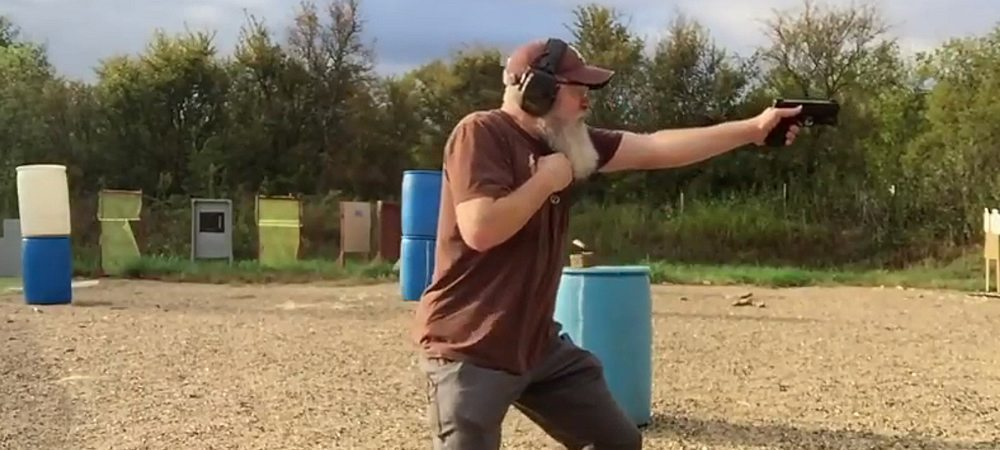In a self-defense situation or in law enforcement operations, the unexpected can always happen. In a critical scenario, you may find your strong hand incapacitated due to injury. Training to shoot with your weak hand or non-dominant hand, therefore, becomes an essential skill to develop, ensuring you maintain a high level of readiness and safety.
Why Train Your Weak Hand?
1. Enhancing Versatility
Training your weak hand adds Versatility to your shooting skills, allowing you to respond effectively even if your strong hand is compromised.
2. Balanced Skill Set
Developing skills in both hands ensures a more balanced skill set, enhancing your overall shooting proficiency and muscle balance.
3. Overcoming Physical Limitations
If your strong hand is injured, training the weak hand will allow you to overcome physical limitations, ensuring you can operate a firearm effectively.
Strategies to Train Your Weak Hand
Embarking on the journey to train your weak hand for shooting requires a structured approach. Below, we discuss some strategies that can be used:
1. Start with Safety
Before you begin training, ensure you are well-acquainted with all the safety protocols for handling firearms.
2. Dry Fire Practice
Dry fire practice involves practicing your shooting technique without live ammunition. This is a safe and cost-effective way to start your training.
3. Stance and Grip
Focus on establishing a correct stance and grip using your weak hand. Your grip with your strong hand may not work either, so be prepared to experiment to find the most comfortable and secure grip.
4. Target Practice
Start with close-range target practice and gradually increase the distance as you become more comfortable.
5. Simulated Scenarios
Create simulated scenarios to practice responding under pressure. This could include moving targets or shooting from behind cover.
Drills to Enhance Weak Hand Proficiency
Below, we outline some drills designed to help improve your weak hand-shooting skills:
1. One-Handed Shooting Drills
Perform a series of drills where you exclusively use your weak hand to shoot. This can include drills such as drawing from the holster, reloading, and racking the slide.
2. Transition Drills
Transition drills involve switching from strong hand to weak hand shooting, helping to build muscle memory and smooth transitions in stressful situations.
3. Barricade Drills
Barricade drills involve shooting from behind the cover, forcing you to use different shooting angles and possibly use your weak hand to shoot around the left side without unduly exposing yourself.
Developing weak hand proficiency takes time and patience. It is essential to persist, even when progress seems slow.
Consider seeking guidance from a professional instructor to ensure you use the correct techniques and follow safety protocols.
Regular practice is key to developing muscle memory and enhancing skill levels. Consistency in your training regimen will yield the best results.
Training your weak hand to shoot a pistol or revolver is more than just an exercise in skill development; it is a proactive approach to ensuring your safety and the safety of those around you in critical situations. Through a thoughtful and progressive training regimen, incorporating a variety of drills and emphasizing safety, you can develop a well-rounded skill set that prepares you for the unexpected. It's a journey of diligent practice, persistence, and the relentless pursuit of mastery. It's not just about being a better shooter; it's about being prepared for anything.















0 comments:
Post a Comment